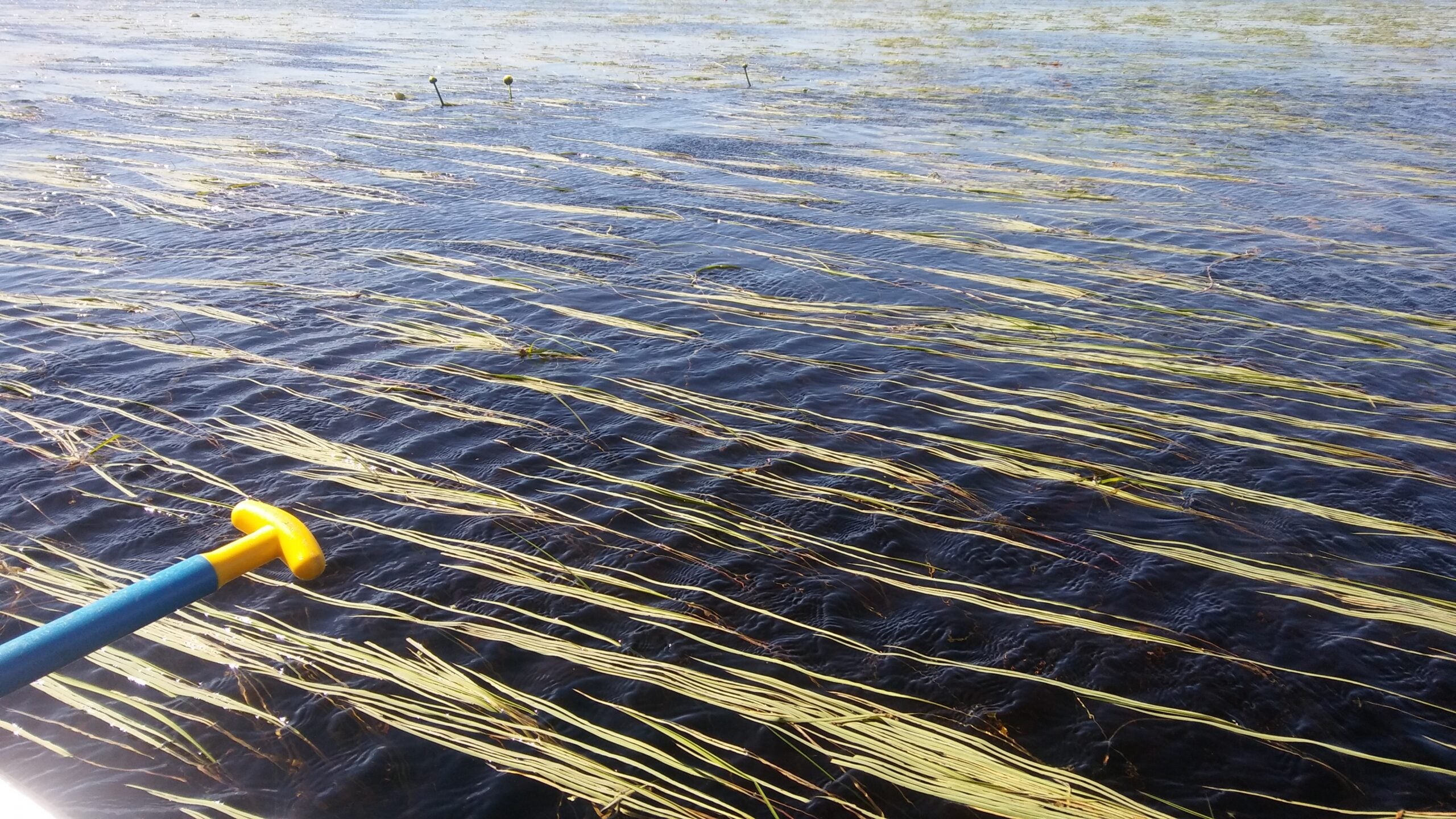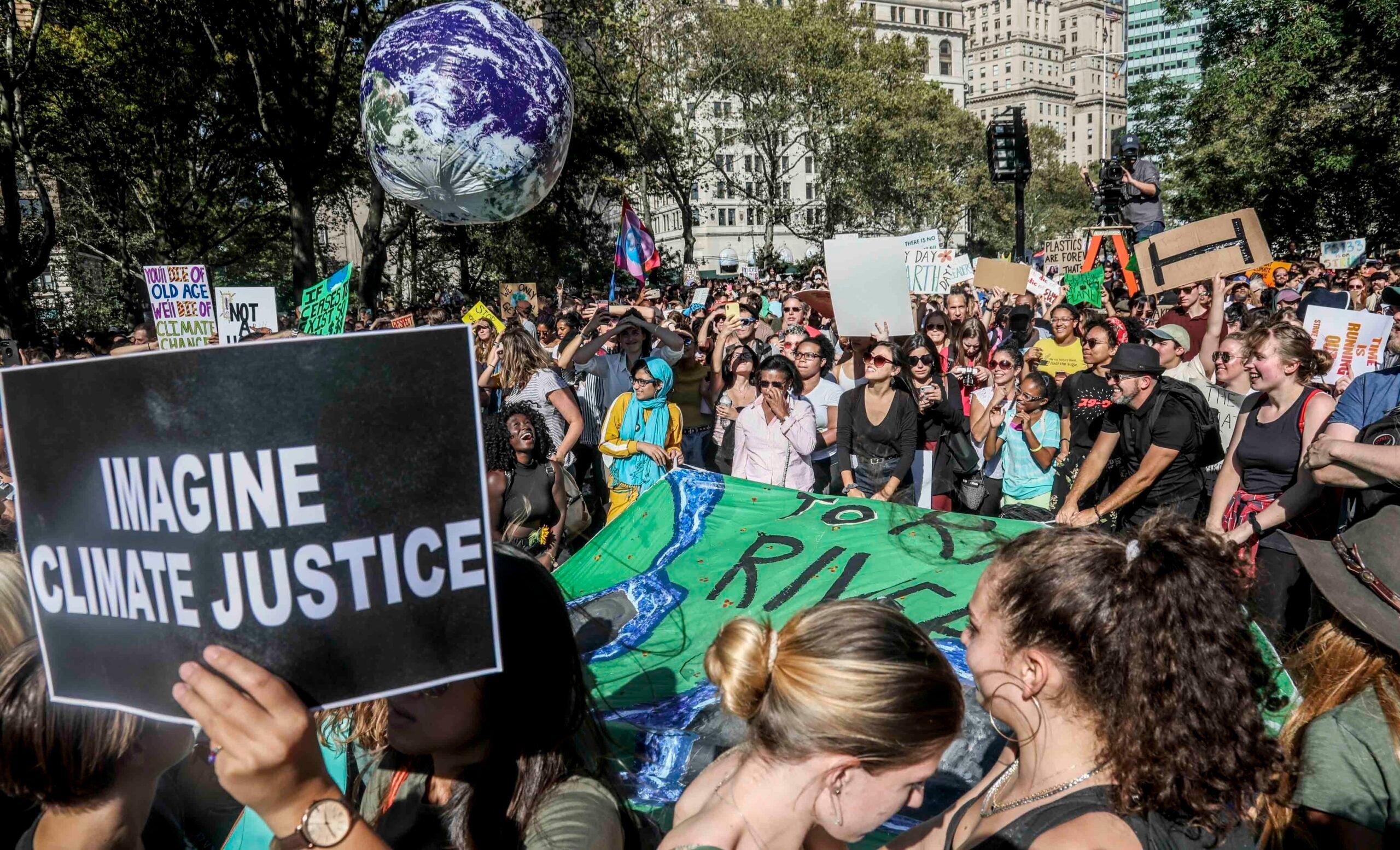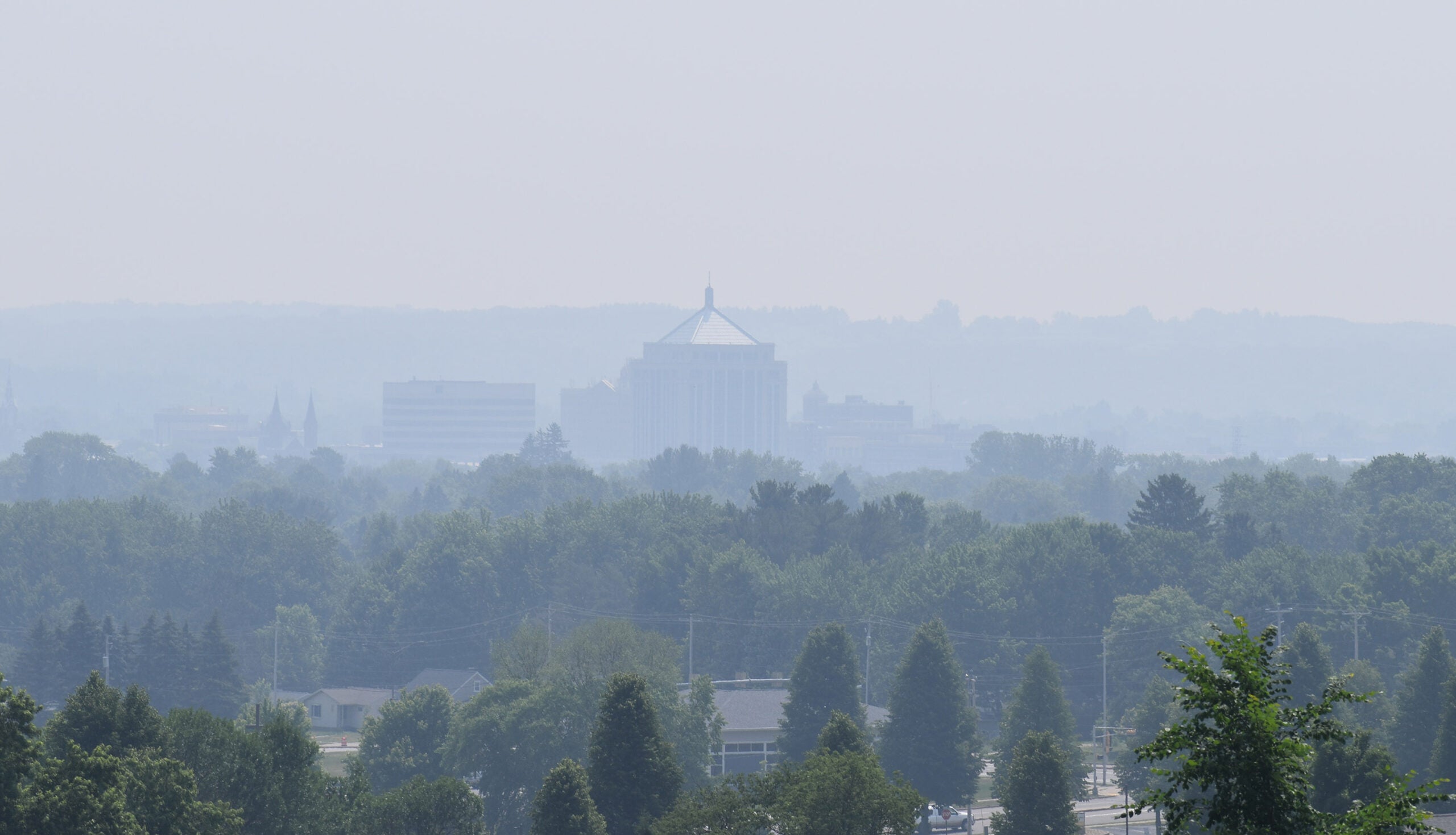A new study finds the availability of a wild rice in the Great Lakes region has been declining over the past 30 years, partially due to climate change.
The decline, the study says, “has disrupted Ojibwe lifeways, family, and health.”
Brandon Byrne, inland fisheries biologist at the Great Lakes Indian Fish & Wildlife Commission, or GLIFWC, coauthored and helped collect data for the study. Byrne told WPR’s “Wisconsin Today” that the plant is most vulnerable during its early stages.
News with a little more humanity
WPR’s “Wisconsin Today” newsletter keeps you connected to the state you love without feeling overwhelmed. No paywall. No agenda. No corporate filter.
“Wild rice has a very narrow window of environmental conditions in which it can really be successful,” Byrne said. “Not only is it vulnerable to weather or climatic variables, it’s also vulnerable to motorboat use. Its ecology is very delicate.”
Rob Croll, coauthor of the study and commission policy analyst and climate change coordinator, also joined “Wisconsin Today” to explain the conditions wild rice needs to thrive and what the specific threats climate change poses.
“You have to look at manoomin and climate change holistically,” Croll said, talking about the wild rice plant that is important to Ojibwe lifeways. “It’s as vulnerable a plant as a plant can be.”
The following was edited for clarity and brevity.
Rob Ferrett: Rob, What are some of the worries in the year-to-year weather that might affect this plant, especially in its early stages of growth?
Rob Croll: One of the things that we’re seeing — will continue to see — is our precipitation coming less frequently, but more intensely: much heavier rain storms, which can cause quick floods. During [early growth] stages, floods will uproot the plant. Later on in its growth, when there are seeds on the plant, big storms and heavy winds can devastate a rice bed just by blowing the stalks down into the water.
RF: Brandon, you helped contribute some new data about wild rice in the Great Lakes region to this study. What did you end up contributing to this report?
Brandon Byrne: I worked on more recent data collection of an ongoing manoomin monitoring program that GLIFWC has had since the early ’90s. In those surveys, we go to a known wild rice water body and measure the number of plant stocks that are within a half-meter square. Year after year, that can paint a broader picture of what’s going on in a particular lake.
RF: Rob, I understand there’s a move to use Traditional Ecological Knowledge, or TEK, in this kind of study. How do you use TEK in scientific work?
RC: The term we often use here at GLIFWC is in the Ojibwe language: Ojibwe gikendaasowin, which translates to “Ojibwe knowledge.” That reflects long-term, place-based observational knowledge from people that have lived and interacted with that place, the beings that live there, and have seen and reacted to changes in the landscape. In our program, we use both the best-available science, but then also interviews and conversations with Ojibwe knowledge holders to help us think about the impact of climate change and other environmental stressors on culturally important beings like manoomin and how it impacts Ojibwe lifeways.
RF: Brandon, what lessons can we take from this research?
BB: One of the main takeaways is that climate change can have a longer term impact on manoomin and its habitat. But I think it’s important not to forget that there are measurable actions we can take right now that will actually provide some protection to manoomin and its habitats.
On an individual level, people can exercise caution and be vigilant on a water body that has wild rice [and] take care to paddle or motor less aggressively in areas where it might be present, such as at the inlets or outlets of a lake and the meanders in the riverway. Also, individual lakeshore property owners can reduce or refrain from using lawn fertilizers, herbicides, etc., which can have impacts to manoomin habitat. On a broader scale, lake associations and lake districts that have jurisdiction over these lakes could implement no-wake zones, which can have a measurable impact on the protection of the manoomin present.
RF: Rob, what would you like to see or do next when it comes to research on how climate change and other environmental factors affect the well-being and long-term survival of manoomin?
RC: I think additional research is needed on the impact of our changing winters, especially the impact of less cold temperatures, shorter ice durations and less ice thickness. We know that manoomin does need cold temperatures and ice cover for it to successfully germinate. And we hear from some of the tribal programs that they really want to see more research into the impact of land use practices on wild rice.






